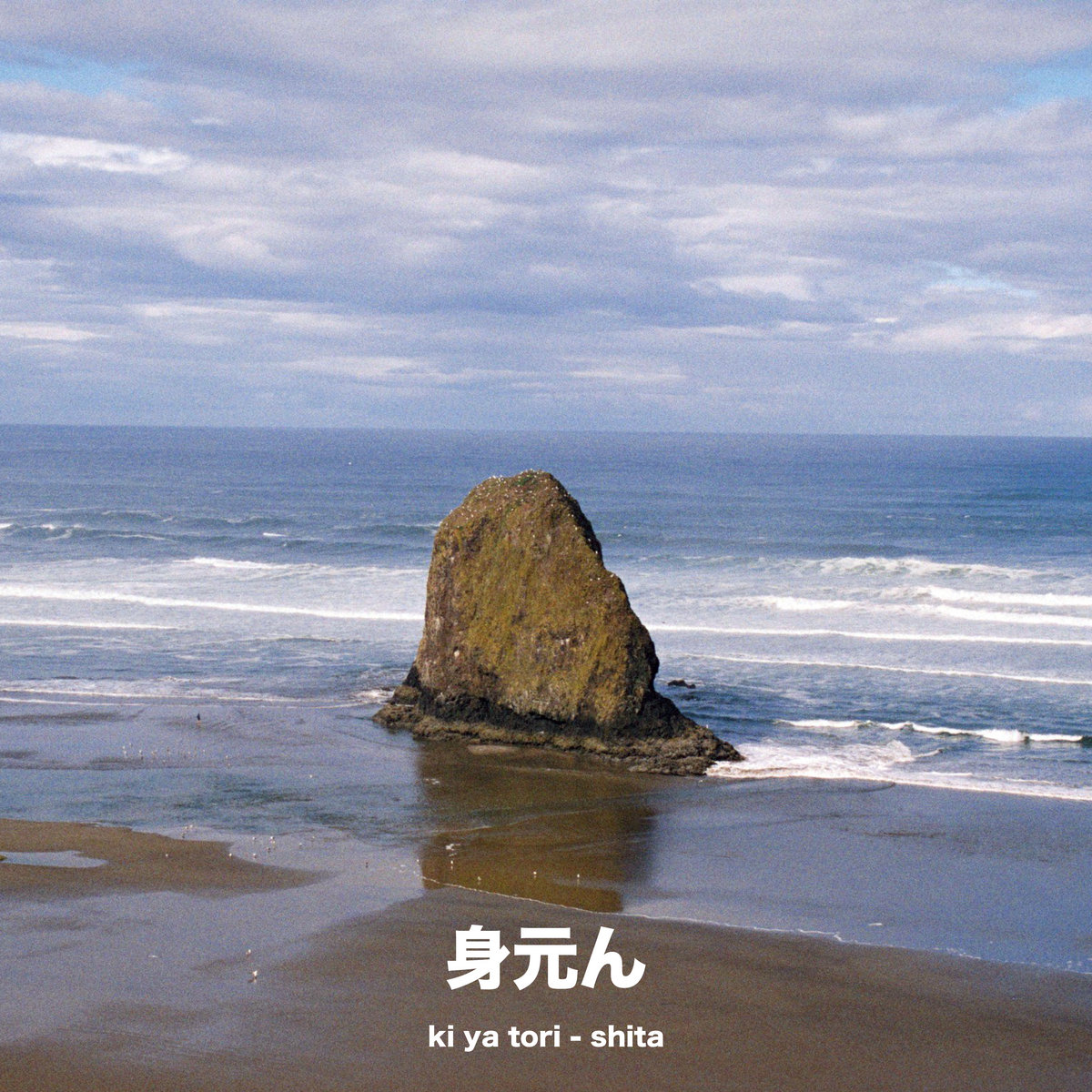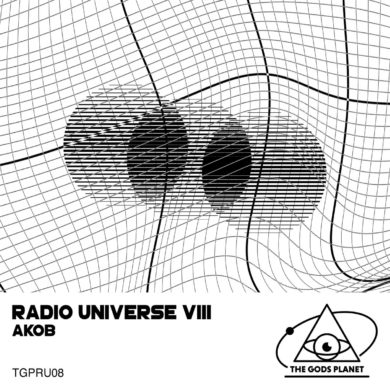ki ya tori – shita
(mimoton, 2021-07-26)
Hansa Records sounds Japanese while being based in Berlin. Horo, formerly Samurai Music, sounds Japanese while being based in Berlin. Mimoton sounds Japanese and, well, based in Berlin… No doubt that the culture of the Land of the Rising Sun keeps on fascinating the West, while it was exactly the opposite some decades ago. Japan, thanks to generations of inspired creators, became a magic dream, sometimes nostalgic, an emotion that ki ya tori (“Trees And Birds”) aims to express musically.
Behind ki ya tori is the young duo of artists Coss and Iorie, who joined their forces in 2019. They launched their label mimoton one year after, by fusing their respective talents in the project: Iorie’s skills as a musician and vocalist, intertwining with Coss’ mind opening, teasing atmospheres.
The label took the path of synth music, offering a catalogue of luminous arpeggiated melodies on top of festive tech house and electronica rhythms, sometimes tainted by Iorie’s vocals and traditional Japanese percussions. Even Polygonia, Einox, Delusional Circuits, well-known for being deep artists, played the joyful game of the label, while signing some remixes for it. Ka ya tori totally assumes the fun and laid-back musical approach, with Iorie announcing loud and clear the purpose of his music “made to shake the body, move the heart and excite the mind.”
Focusing on the underground hypnotic and atmospheric sides of techno, our media usually doesn’t cross the path of labels such as mimoton, but then came out “shita”, which – for us – builds an interesting bridge between our respective musical worlds. It’s at least the angle that we are developing here to present the vibe, produced with the usual dynamic groovy percussions the duo accustoms their audience to, but with a deeper atmospheric flavour that we deeply connect with.
With the first track “shita”, ki ya tori achieved to create a mesmerising environment, bringing the mind at ease while preparing the body to dance and, well, “to shake” (we also love it). Stigr’s version, containing a fat beat, creates an interesting balance between the light and dark forces. “ōgonshoku” brings the heat of Berlin’s dance floors and caresses the mind with its subtle drone and atmosphere, while the underwater mix uses them to build a subtle tension.
“Shita” (“Under”) is conceptualised with the quote “Under what is forbidden, we find our freedom” by the artists. While everyone will see what he wants behind this philosophical thought, it resonates in us with Orson Welles famous adage “The enemy of art is the absence of limitations”: if “art” is replaced by “inspiration” in Welles’ quote, it partly explains why we limit our writing in the hypnotic and atmospheric techno realms, with respect and affection for all the other music genres.
WRITING BY: TIJL DE JONGE & CEDRIC FINKBEINER | 2 AUGUST 2021


